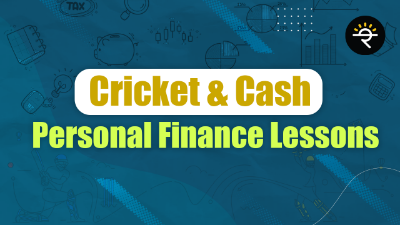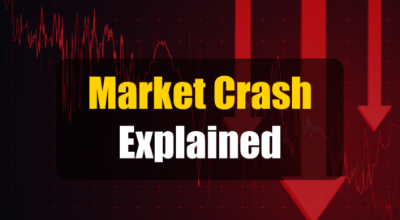Introduction
With the highly anticipated India vs Australia match scheduled for later today, the excitement in the air isn’t limited to cricket fans alone. For many, the game serves as a metaphor for personal finance—teaching us about strategy, patience, and the importance of making every moment count. Let’s explore how the upcoming match can inspire smarter money management and financial planning.
A Pre-Match Conversation: Raj and Meera
In a cozy Mumbai café, Raj, a keen cricket enthusiast and disciplined saver, sits with his friend Meera, who’s always on the lookout for practical financial tips. As they prepare to watch the pre-match analysis, their conversation drifts from cricket to personal finance.
Raj smiles and says, "Meera, you know, every big match has its own strategy. The way teams plan for different match scenarios is a lot like how we should plan our finances."
Meera nods thoughtfully, "That's interesting, Raj. For example, just like a cricket team meticulously prepares its batting lineup for a challenging pitch, we need to set up a solid budget and savings plan to tackle life's uncertainties."
Lesson 1: Strategic Planning and Budgeting
Just as a cricket team studies the opposition and plans its innings, we need to take a proactive approach to budgeting.
● Key Takeaway: Draft a monthly budget, track your expenses, and adjust your strategies as necessary. Think of it as creating a game plan—every rupee saved is like a well-played shot that contributes to your long-term victory.
Lesson 2: Patience Pays Off
Cricket teaches us that great performances are built on persistence and consistent effort.
● Key Takeaway: Patience is crucial in personal finance. Whether it’s saving regularly or investing for the long term, slow and steady wins the race—just as a steadily built innings can lead to a match-winning performance.
Lesson 3: Risk Management and Flexibility
In cricket, taking risks is part of the game. However, smart captains know when to play it safe.
● Key Takeaway: Assess your risk tolerance carefully. Diversify your investments, build an emergency fund, and be prepared to adjust your financial strategy when unexpected challenges arise—just like a team adapting its tactics during a match.
Lesson 4: Staying Informed and Adaptive
Teams that adapt to changing conditions—be it a sudden shift in pitch conditions or unexpected moves by the opposition—tend to come out on top.
● Key Takeaway: Keep yourself updated on your financial goals and market trends. Regularly review your financial plan and be ready to pivot when necessary, ensuring that you’re always prepared for whatever life throws your way.
Conclusion
As Raj and Meera eagerly await the kickoff of the India vs Australia match, they find themselves inspired not just by the game but by the parallels between cricket and personal finance. Every match offers lessons in strategy, patience, risk management, and adaptability—principles that are just as essential for building a strong financial future.
Disclaimer: This article is for educational purposes only and does not constitute financial advice. Always conduct your own research or consult a financial advisor before making any financial decisions.









_400.jpeg)
















